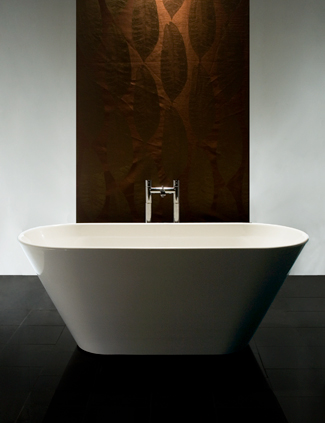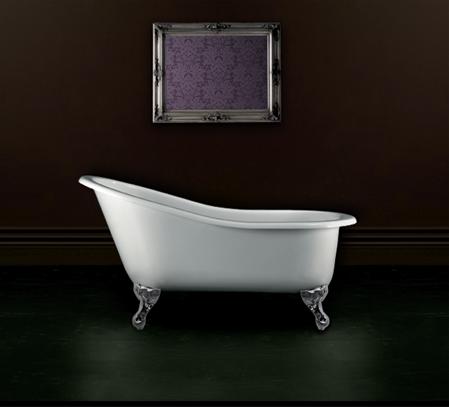A Brief History of Bathing
The next time you’re having a well deserved soak in the tub, you’re probably going to be thinking about little else other than relaxing. Or maybe you’ll be thinking of all the things you need to do once you’ve finished your nice, long soak. What you probably won’t give much thought to, is the actual vessel you’re having a nice, long soak in.

Few people consider the history of the bathtub simply because it seems like such a simple concept. But bathing as we know it has taken many, many years to take the form we know today. If we go back through history, we can see that different cultures took very different stances on bathing. We do know that it is very likely people have been enjoying hot baths since 3300 BC, as pipes resembling bath plumbing have been found in the Indus Valley Civilization of India. The first actual bathtub was found on the Isle of Crete, taking the form of a 1.5 metre long pedestal tub.
Bathing was a big part of Roman culture, and, like our culture today, people bathed daily. However, Romans preferred public bath houses, and private bathrooms were rare in comparison. Many ideas still used in baths and plumbing today can be traced back to the Roman bath houses.
Despite the hygienic habits of the Romans, the idea of regular bath taking would take another blow before it came back to popularity in the 19th and 20th centuries. Bathing ‘fell out of fashion’ sometime after the renaissance, replaced by the use of heavy perfume. There are unconfirmed myths of Queen Elizabeth I’s concept of hygiene involving one bath a year – quite unheard of by today’s standards.
Cast-iron bathtubs were put into production in 1883, and quickly caught on because they were easy to clean. The idea of the private bathroom was taking off. By the end of World War I, most new houses being built included a bathroom in the design, whereas bathrooms of previous houses were usually bedroom conversions, if they existed at all.
 As the 20th Century wore on, claw-foot tubs began giving way to smaller, built in bathtubs that most bathrooms are fitted with today. Bathing had come from a public affair, to a pretty non-existent one, to the regular, private process we all enjoy today.
As the 20th Century wore on, claw-foot tubs began giving way to smaller, built in bathtubs that most bathrooms are fitted with today. Bathing had come from a public affair, to a pretty non-existent one, to the regular, private process we all enjoy today.
Now, in the 21st century the humble bath is has become a design feature and a statement of our individuality. The lean clean lines of freestanding baths offer a range of styles and materials that should offer something for all tastes.
So next time you’re having that long lazy soak, spare a thought for your ancestors who would probably have thought you were quite mad!

Leave a Reply